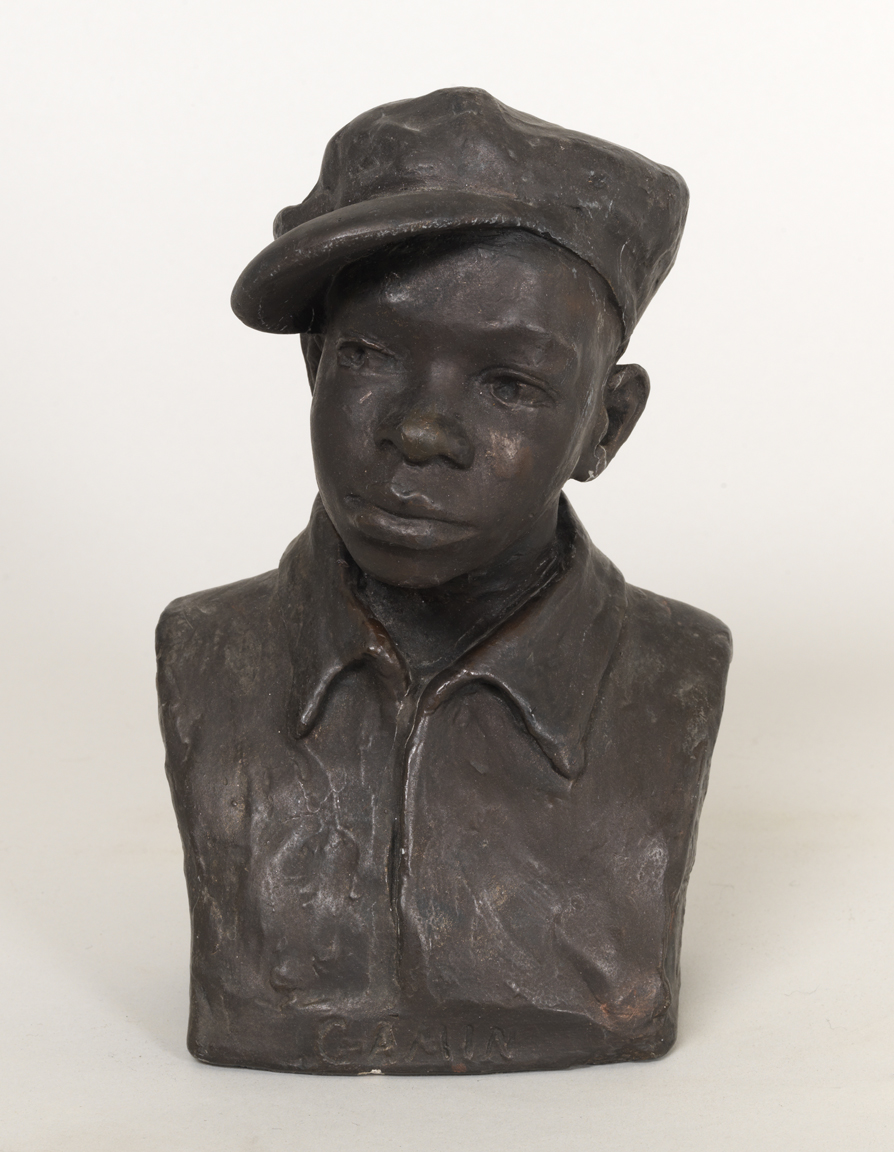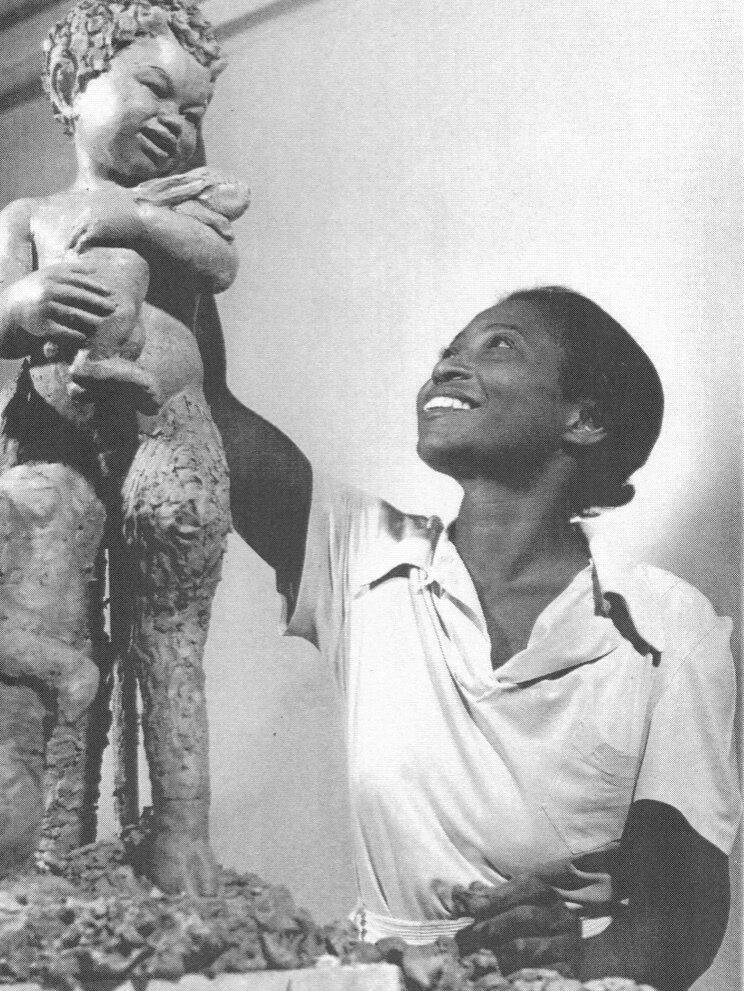Fallen Through The Cracks – Black Artists in History: Augusta Savage
Augusta Savage
#FallenThroughTheCracks – Augusta Savage was born in Green Cove Springs, Florida, on February 29, 1892. Her father was a poor Methodist minister who strongly opposed her early interest in art. During the mid-1920s when the #HarlemRenaissance was at its peak, Savage lived and worked in a small studio apartment where she earned a reputation as a portrait sculptor, completing busts of prominent personalities such as W. E. B. Du Bois and Marcus Garvey. She was one of the first artists who consistently dealt with black #physiognomy.
Her best-known work of the 1920s was Gamin, an informal bust portrait of her nephew, for which she was awarded a Julius Rosenwald Fellowship to study in Paris in 1929. In 1931, Savage won a second Rosenwald fellowship, which allowed her to remain in Paris for an additional year. In 1934 she became the first African-American member of the National Association of Women Painters and Sculptors. In 1937, she was appointed the first director of the Harlem Community Art Center and was one of four women and only two Black Americans to be commissioned by the New York World’s Fair of 1939 to create a sculpture symbolizing the musical contributions of African Americans.


Savage created The Harp, inspired by the lyrics of James Weldon Johnson’s poem Lift Every Voice and Sing. The Harp was Savage’s largest work and her last major commission. Much of her work is in clay or plaster, as she could not often afford bronze. She launched the Savage Studio of Arts and Crafts, located in a basement on West 143rd Street in Harlem, with the help of a grant from the Carnegie Foundation. She opened her studio to anyone who wanted to paint, draw, or sculpt. Her many young students included the future nationally known artists of Jacob Lawrence, Norman Lewis, and Gwendolyn Knight. Savage died on March 26, 1962, following a long bout with cancer. Savage is remembered today as a great artist, activist, and arts educator.
(Text paraphrased from Wikipedia and other sources. All Images are the property of the copyright owners. This clip is for educational purposes.)
